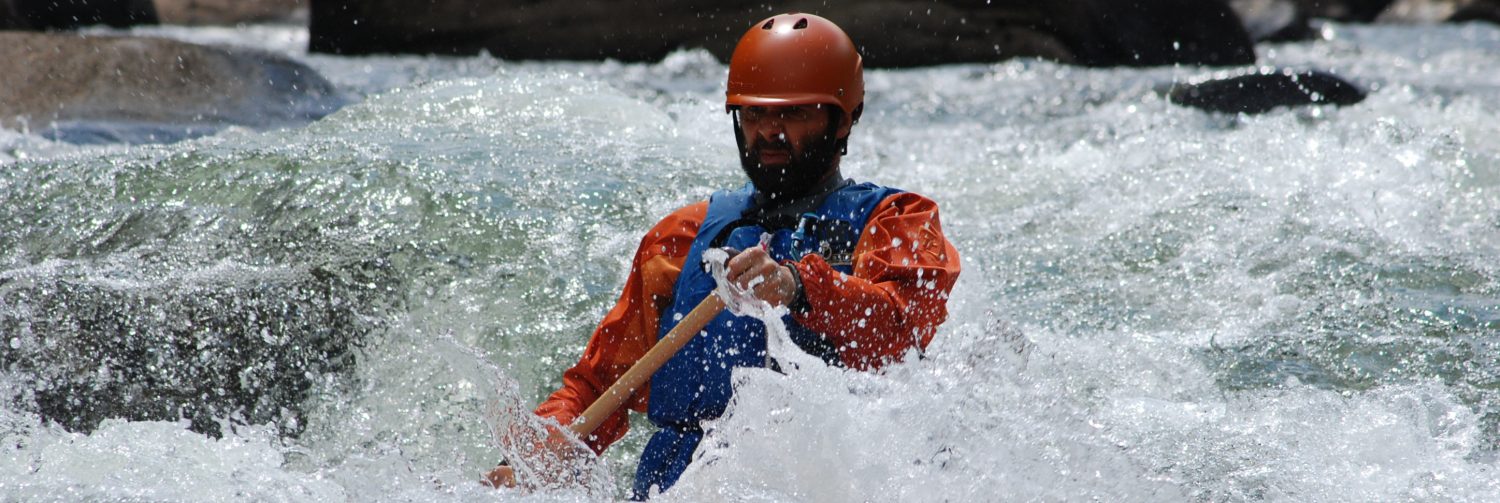My research area includes laboratory and field-scale experimental work as well as mathematical models to describe various aspects of waste and landfill behavior. Representative projects are described below.
In collaboration with Dr. Francis de los Reyes in our department, Ph.D. student Bryan Staley conducted work to understand the mechanisms by which methane production is initiated in a landfill. Two hypotheses were explored including the presence of methanogen-rich microniches and the presence of acid tolerant methanogens that could grow under the acidic conditions that are typical soon after the disposal of fresh solid waste. This work resulted in a series of papers from methods development to a description of the initiation of refuse methanogenesis in laboratory-scale.
In collaboration with Dr. Detlef Knappe in our department, I have worked on the behavior of trace organic contaminants during waste decomposition. This work began in 2000 when Dr. Dilek Sanin, a postdoctoral research associate at the time and now a professor in Turkey, worked with waste excavated from a Superfund Site to measure the behavior of toluene and acetone during waste decomposition. This work continued with postdoctoral research associate Dr. Shannon Bartelt-Hunt, now on the faculty at the University of Nebraska, who began to explore the behavior of chemical warfare agents in landfills. This work was based on mathematical modeling and was extended to a detailed description of trace contaminant behavior in landfills in collaboration with Michael Lowry at Research Triangle Institute. In parallel, postdoctoral research associate Dr. Pascal Saikaly worked on the behavior of surrogate biological warfare agents in decomposing waste. Later, Ph.D. student Jovi Saquing focused on physical and chemical interactions between municipal waste components and trace organic contaminants.
Poly- and perfluoroalkyl substances (PFASs) have been documented in municipal landfill leachate. Ph.D. student Johnsie Lang, now a researcher for the U.S. EPA, conducted laboratory-scale reactor experiments to document the release of PFASs from residential solid waste as well as from textiles and carpet. She also developed a national inventory of PFASs released from landfills to wastewater treatment plants.
I have a long-standing interest in material biodegradability in landfills with a focus on both bulk waste components such as various types of paper, wood, as well as newly developed biodegradable polymers. Concurrently, I am interested in quantifying the fraction of biogenic waste that does not degrade and is put into long-term carbon storage in landfills. Research on wood and paper biodegradation was led by PhD student Xiaoming Wang, now a professor at Chongqing University in China. Ph.D. student Florentino de la Cruz, now a Research Associate in my lab, developed novel methods to study the anaerobic transformation of lignin in paper and wood and is now working to characterize natural organic matter in landfill leachate.
I have also completed extensive research on bioreactor landfills, landfill gas modeling, strategies for the long-term management of landfills and landfill gas collection.
